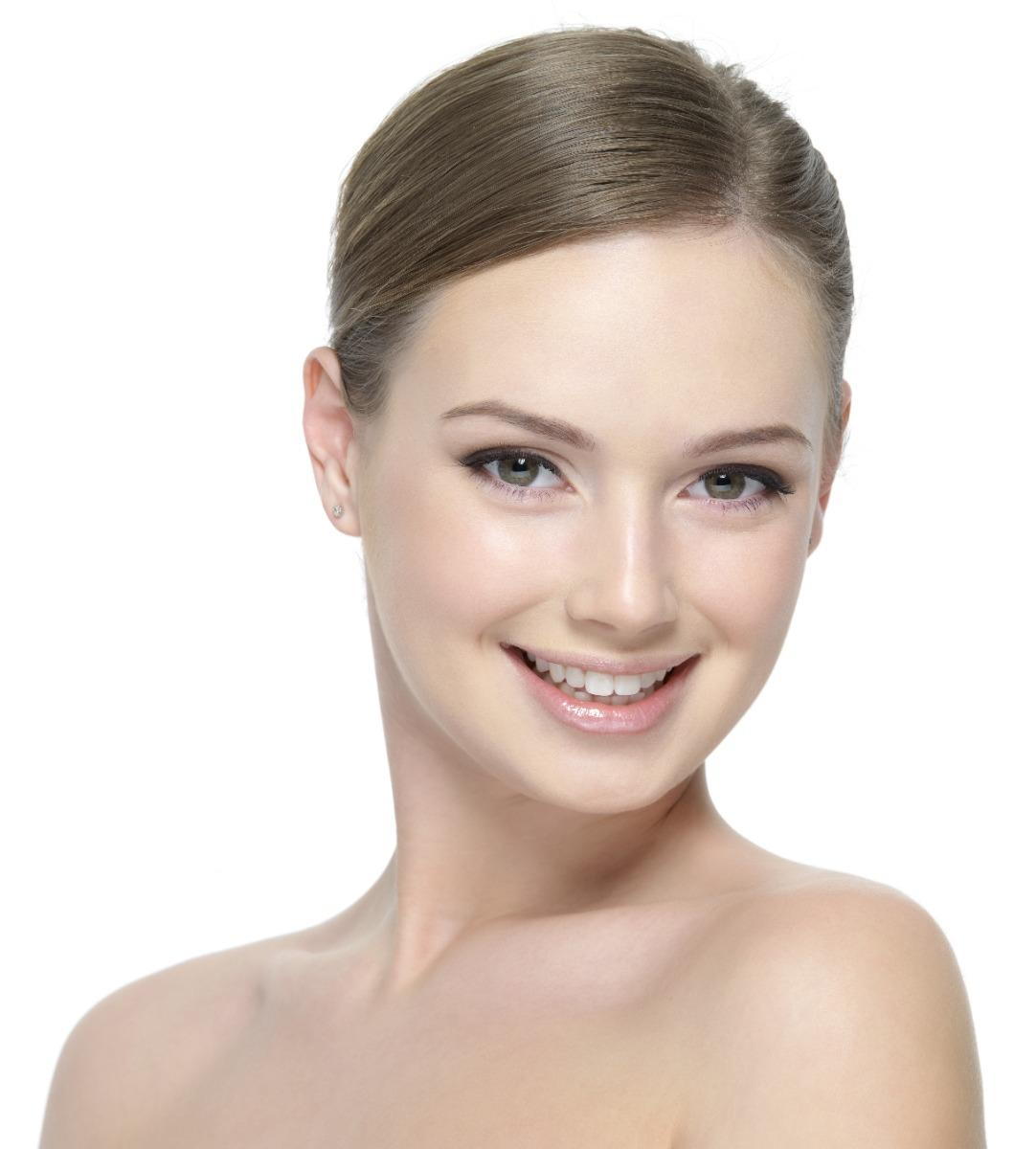
What is collagen? What role does it play in skin health and appearance?
Collagen is a protein found in the skin that gives your skin a firm and youthful appearance. Collagen and elastin are the two main proteins that provide structural support in the skin.
What happens to the collagen in our skin as we age?
The amount of collagen in your skin changes over time. When you are younger your body makes more collagen and breaks it down slowly. Over time, your body makes collagen more slowly and breaks it down faster. Other things such as sun exposure, chemicals, pollution, and habits such as smoking will further decrease the amount of collagen in your skin. This leads to the formation of fine lines, wrinkles, and loose skin. The texture of the skin can also become irregular and the skin can look dull.
What are the most effective treatments and/or topicals to reverse or slow this process?
There are a number of things that you can do to treat collagen loss. First, I recommend that every uses sunscreen with an SPF of at least 30. Make sure the sunscreen has broad spectrum protection to protect your skin from both UVA and UVB rays. Products such as retinoids (retin-A, retinol, Tazorac, etc.) stimulate your body to product more collagen. They can be applied topically at night. Antioxidants are other great products that protect you from free-radicals caused by sun exposure, chemicals, and pollution. Free radicals can, among other things, damage collagen and lead to the appearance of aged skin. Vitamin C is an example of an antioxidant that works in this way; it also has the benefit of being a cofactor that is required for collagen formation. There are many other antioxidants such as green tea extract, resveratrol, niacinamide, and many others. In the last few years products such as the Alastin Skin Nectar have become available. These products use a proprietary peptide technology that has been shown to stimulate collagen and elastin in your skin.
There are many treatments to help stimulate collagen. Basic facials will provide some benefit. More intense treatments you can get from an aesthetician such as light chemical peels and microdermabrastion can provide even more benefit. One of the newest treatments available is microneedling, which, as its name implies, uses tiny needles to make holes in the skin. This stimulates your body to form new collagen. Some microneedling devices also use radiofrequency (RF). RF generates heat in the deeper layers of the skin which stimulates more collagen formation than just the microneedling alone. Many providers also provide PRP (platelet-rich plasma) with microneedling. I find that this will help the recovery time, but does not lead to any more collagen stimulation than microneedling (with or without RF) alone. In our office we offer a unique treatment called Ultra Microneedling. Ultra Microneedling is better than traditional microneedling for a number of reasons. Instead of needles, a laser technology is used to create the holes. So there is no bleeding, the treatment time is faster, the recovery is shorter, and the results are better because, similar to RF, the laser generates heat in the deeper layers of the skin. We frequently combine this with other treatments such as IPL (intense pulsed light) for even better results. Other modalities which will stimulate collagen include radiofrequency (without needles), infrared light, ultrasound, deeper chemical peels, non-ablative lasers, and fractional and full-field (non-fractional) ablative lasers. The more aggressive the modality and settings used, the more collagen will be formed, and the longer the recovery time. The vast majority of our patients prefer a series of treatments with short recovery times (2-3 days) such as Ultra Microneedling. Our patients love the results.
All of these treatments will stimulate your skin to form new, fresh, and healthy collagen. This will make the skin look healthier and more youthful and decrease the appearance of fine lines, wrinkles, loose skin, and saggy skin. The most important thing is patience. Collagen is a microscopic protein and it doesn’t form overnight. I tell my patients that they’ll see full results, three, six, or even 12 months after their final treatment. Also, the younger you are when you start the process, the better your long-term results will be.
What is the mechanism of action by which these treatments or topicals reverse or slow this process?
You can stimulate your skin to form new collagen in a number of different ways. Small injuries to the skin such as those with microdermabrasion and microneedling create an inflammatory response in your skin. This results in the formation of new collagen. The heat that is added to microneedling when it is combined with radiofrequency also stimulates your skin to form new collagen. Heat is also created with other treatments such as laser resurfacing, infrared light, and ultrasound. Topical products work by binding to certain proteins or receptors in the skin cells to tell your skin to form new collagen. People that combine good skin care products with effective treatments get the best results. Also, starting as early as possible will prevent signs of aging.
Dr. Alex has performed over 10,000 cosmetic treatments with many satisfied patients. Contact us to schedule an appointment for a free consultation with Dr. Alex in our Encino, CA office.

